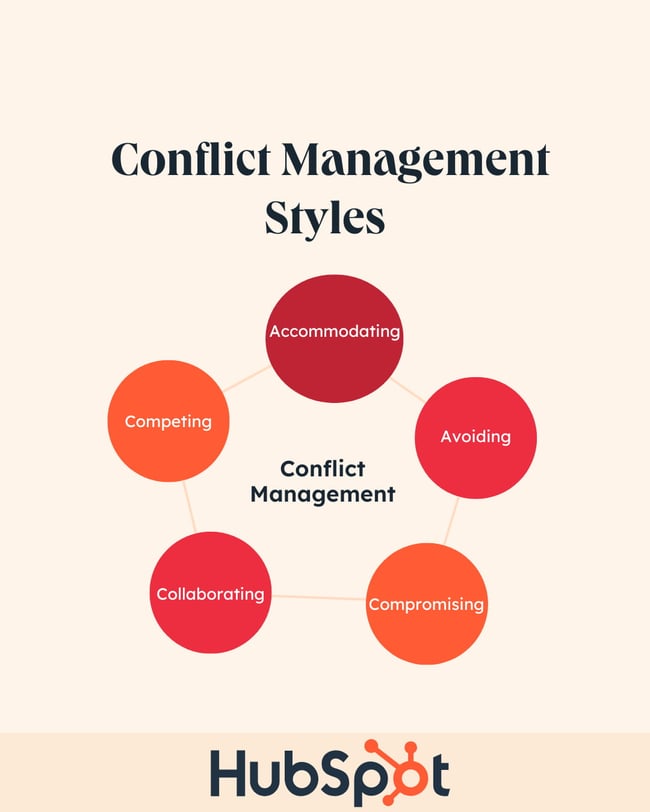
Conflict Resolution Expert Tips for Workplace Harmony

Mastering Conflict: Essential Workplace Tips
Understanding Conflict Dynamics
Conflict is an inherent aspect of human interaction, especially in the workplace. It arises from differences in opinions, personalities, and goals among individuals. Understanding the dynamics of conflict is crucial for effectively managing and resolving disputes in the workplace.
Communication: The Foundation of Conflict Resolution
Clear and open communication serves as the foundation for resolving conflicts in the workplace. Encouraging employees to express their concerns, listen actively, and communicate respectfully fosters understanding and facilitates the resolution process. Effective communication helps prevent misunderstandings and promotes a collaborative environment where conflicts can be addressed constructively.
Active Listening: The Key to Conflict Resolution
Active listening is a critical skill in conflict resolution. It involves fully concentrating on what the other person is saying, understanding their perspective, and responding thoughtfully. By listening attentively and empathizing with the concerns of others, individuals can establish trust, build rapport, and find common ground for resolving conflicts.
Identifying Root Causes of Conflict
To address conflicts effectively, it’s essential to identify the underlying causes or triggers. Conflicts in the workplace can stem from various sources, such as miscommunication, competing priorities, or personality clashes. By pinpointing the root causes of conflicts, organizations can develop targeted strategies to prevent similar issues from arising in the future.
Emotional Intelligence: Managing Emotions in Conflict
Emotional intelligence plays a crucial role in managing conflicts effectively. Individuals with high emotional intelligence can recognize and regulate their own emotions while empathizing with the emotions of others. By remaining calm, composed, and empathetic during conflicts, employees can navigate challenging situations with grace and professionalism.
Seeking Common Ground: Collaborative Problem-Solving
Collaborative problem-solving is a constructive approach to resolving conflicts in the workplace. Instead of focusing on individual interests or positions, this method encourages parties to work together to find mutually beneficial solutions. By seeking common ground and exploring alternative options, conflicting parties can reach agreements that satisfy everyone involved.
Maintaining Professionalism and Respect
Maintaining professionalism and respect is essential during conflict resolution processes. Even in the heat of the moment, it’s crucial for individuals to conduct themselves with dignity, courtesy, and integrity. By treating each other with respect and professionalism, employees can preserve relationships, uphold organizational values, and foster a positive work environment.
Conflict Resolution Strategies and Techniques
Various conflict resolution strategies and techniques can be employed to address conflicts effectively. These may include active listening, negotiation, compromise, mediation, and arbitration. Depending on the nature and severity of the conflict, different approaches may be more appropriate. Having a toolkit of conflict resolution strategies allows individuals to adapt their approach based on the specific circumstances.
Creating a Culture of Conflict Resolution
Organizations can foster a culture of conflict resolution by promoting open communication, providing conflict resolution training, and establishing clear policies and procedures for addressing disputes. By prioritizing conflict resolution as a core value, organizations can empower employees to address conflicts proactively and collaboratively, ultimately enhancing productivity and morale.
Continuous Improvement and Learning
Conflict resolution is a skill that can be honed and developed over time. Organizations should encourage continuous improvement and learning by providing opportunities for conflict resolution training, coaching, and feedback. By investing in the professional development of employees, organizations can cultivate a workforce equipped with the skills and knowledge needed to navigate conflicts effectively and contribute to a harmonious work environment. Read more about tips for dealing with conflict

